(January 24, 2022) Standing tall between chef Vikas Khanna and chef Ranveer Brar, chef Garima Arora adds her own charm and expertise to every dish that’s served on the new season of MasterChef India. The 36-year-old has scripted history time and again. She is not just the first Indian woman chef to win a Michelin star but also the first female judge on MasterChef India. Arora, who was born in India, studied in France, worked in Denmark and opened her restaurant in Thailand, is truly a global icon. She is a chef on a mission to introduce the world to Indian cuisine, and is inevitably doing that with élan. However, reaching an enviable position in the culinary world hasn’t been an easy ride for this chef, who had initially worked with Gaggan Anand.
View this post on Instagram
Love affair with food
Born and raised in a Punjabi family that is obsessed with food, Arora fell in love with the aroma, texture and emotion behind the delectable cuisines at a very young age. In the 90s, her kitchen saw some exotic dishes like hummus and rum baba being whipped up by her dad who loved cooking. After long spells of international travel, he brought back recipes that would become Arora family favourites. And it was her dad who was a huge influence in her culinary journey.
In a conversation with Femina, she said, “I’ve watched him cook all through childhood. He’s the biggest influence in my culinary journey. He travelled a lot and recreated the dishes he had sampled, and would experiment with new combinations.”
Her short stint as a pharma journalist
While her love for food was simmering on a low flame, it was Mass Media that she chose as her major. After graduating from Jai Hind College in Mumbai, Arora began working as a pharma journalist with a newspaper; but right before she boarded a plane to Singapore for a fun trip. Upon her return, she whipped up a big hotpot meal for her family and friends – that was her eureka moment as she realised that she “wanted to talk to people through food.”
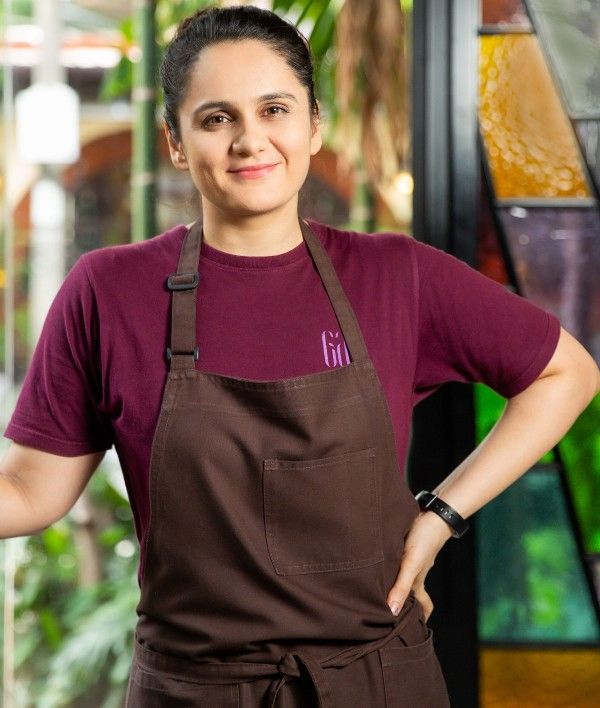
Garima Arora launched Gaa in Bangkok
The journey to culinary world
Arora eventually quit her newspaper job to follow her passion, and soon enrolled herself at the Le Cordon Bleu culinary school in Paris. “When I was working as a journalist, I realised that if I wanted to open my own restaurant one day and be a chef, I needed to start young, and that’s when I decided to change careers and move to Paris to study at Le Cordon,” she told FirstPost.
Her days at the culinary school helped her build a strong foundation, and she found herself at Michelin-star restaurant Noma in Copenhagen, learning alongside legendary Danish chef René Redzepi. Working under one of the best culinary masters, Arora started to look at cooking as a cerebral experience.
“I spent the initial years of my career there and it changed me not just as a cook but as a person as well. It gave me the tools and the resources to think about food in a very systematic manner. It made cooking a cerebral experience rather than a blue-collared job. It completely changed the way I looked at food and I cook today,” she added.
After cooking up a storm at Noma, Arora was on her way to India to open her own restaurant but before dipping her toes into her first venture, she was called upon to work as a sous chef with another culinary legend Gaggan Anand at his Michelin-starred restaurant Gaggan.
Serving Indian food with a twist at Gaa
Arora’s arrival in Bangkok was meant to be a temporary stopover. However, when the plan fell through, she opened Gaa – a three-storeyed restaurant that celebrates a modern tasting menu using traditional Indian techniques – in Bangkok in 2017.
Arora’s Gaa beautifully captures the vibrancy of Bangkok and the amalgamation of cultural influences. It’s that avant-garde restaurant which serves progressive Indian cuisine with local Thai ingredients and influences.
View this post on Instagram
“Chefs in the West have always looked at French techniques to make something modern. Indian techniques have the same tools, or can provide you with the techniques to do the same. I try to borrow from these tools or use these resources to make up something that is completely new and different. So what French cuisine does for chefs in the West, Indian cuisine can do for chefs in this part of the world also,” she said.
It’s raining awards
Arora put in her heart and soul at the restaurant where she wanted to give her diners a multi-sensory experience at Gaa. And in one year, she became the first Indian woman chef to win a Michelin star for restaurant Gaa.
“I think the food finds the connection between India and Thailand. It is who I am, and where I am today. I’m Indian, smack in the middle of Thailand so I think my food reflects that,” she told Conde Nast Traveller.
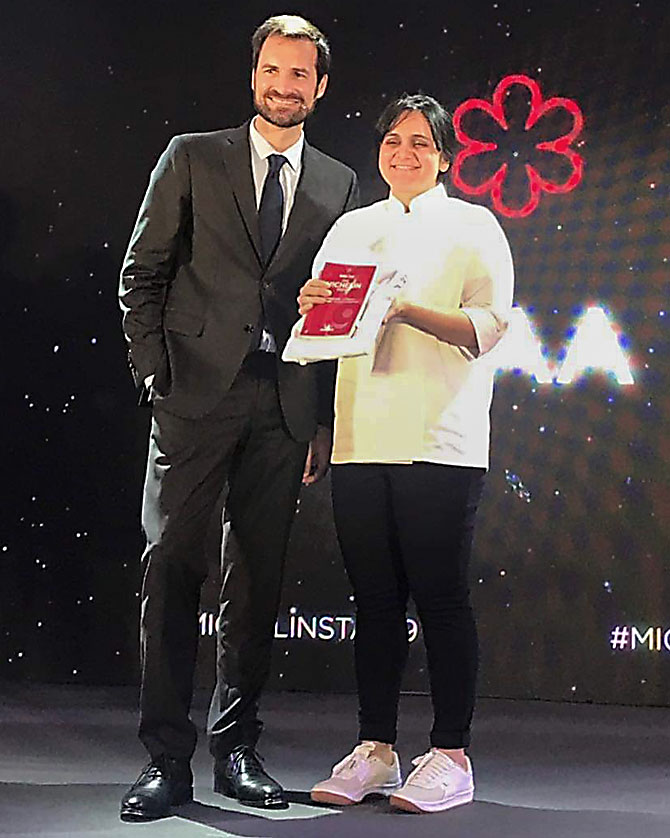
Garima Arora won the Michelin star in 2019
After creating history with her Michelin star win, Arora added another jewel when she was named the Asia’s Best Female Chef for 2019 by World’s 50 best restaurants.
Arora is one of those rare chefs giving Asia a perfect taste of Indian food but with a modern twist. In 2020, she packed yet another tasteful punch with her breakfast restaurant HERE by Gaa. Set in a 60-year-old well-preserved Thai house, HERE is like a living room set-up that opens for early risers to serve their eclectic taste buds.
“As I begin my own journey exploring the real India, I believe this breakfast spot will help me take my diners with me in a way. Right from badam ki jaali together with Irani chai inspired by our recent trip to Telangana, to poha with dry shrimps from the Koli community of Mumbai, to the gobi parantha with fresh homemade makhan from my grandmother’s kitchen, I hope that HERE stays a mix of my personal experiences and travels always. My mission is to show the world the beauty of Indian cooking techniques, its delicate yet playful nature.” she told Vogue.
Giving Back
While she has her hands full with her restaurant, she never misses a chance to work for women’s emancipation back home. Rajasthani Mahila Mandal in Mumbai is one such association that Arora supports as it helps women achieve economic independence by producing and selling food.
“Women’s liberation or women’s emancipation can only happen with two things: first, education and second, economic independence. And what better way to gain economic independence than with something that you’re so used to and you’re so good at and something that comes naturally to you, which is food. In India, chefs are obviously men but at home it’s always the women who do the cooking. They have this immense wealth of knowledge, of techniques, of the way we have done things in the past, which even restaurants don’t have.”
View this post on Instagram
Not only this, in 2019, she even started the Food Forward Initiative to create a new narrative for Indian food by bringing some of the best from the Indian food industry and re-examine and reintroduce our cuisines to the world.
In a male-dominated industry, Arora is shattering the glass ceiling one plate at a time. From being a pharma journalist to opening her own restaurant to becoming the first Indian woman chef to win a Michelin star, Arora has been defying stereotypes at every level in the culinary world. But her mission to serve introduce Indian food to the world in all its playful nature is what makes this chef unique.
- Follow Garima Arora on Instagram


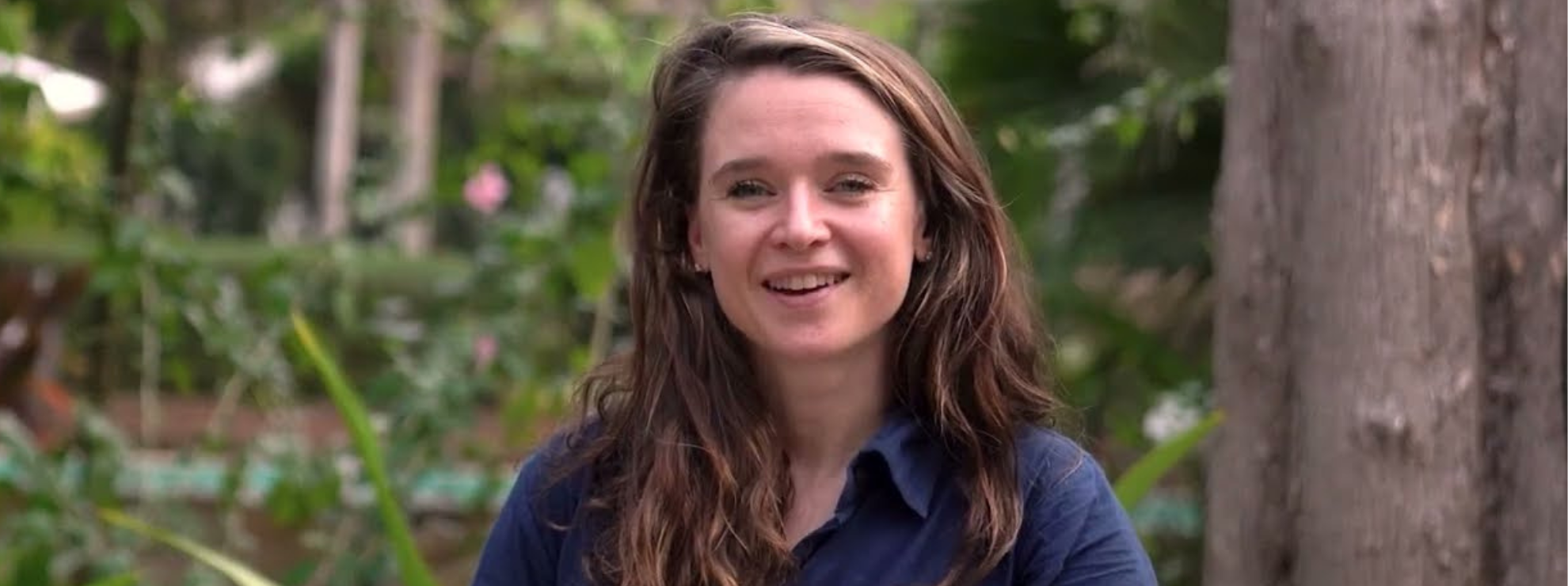
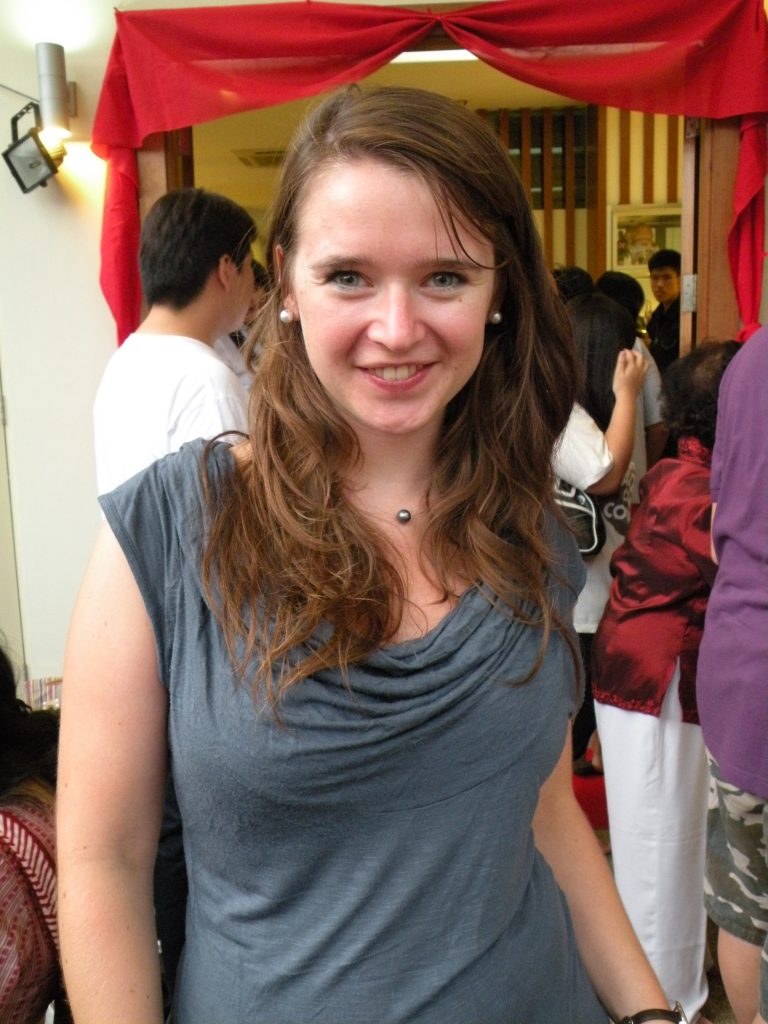

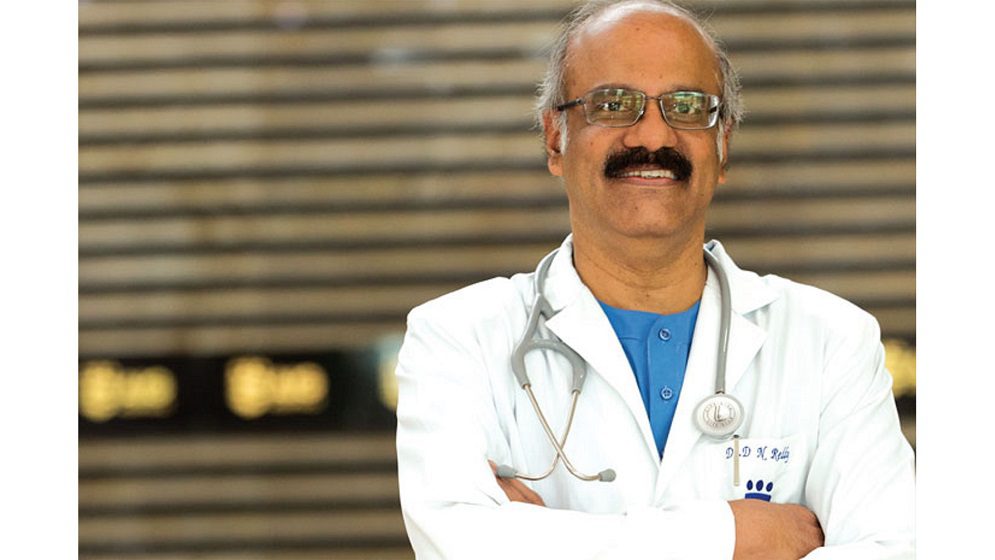
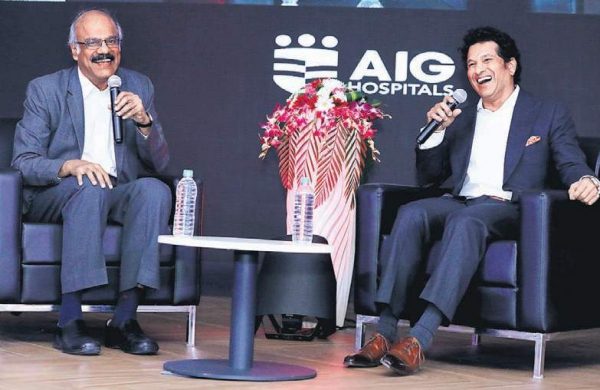 Dr Nageshwar Reddy with Sachin Tendulkar[/caption]
Dr Nageshwar Reddy with Sachin Tendulkar[/caption] Dr Nageshwar Reddy[/caption]
Dr Nageshwar Reddy[/caption]
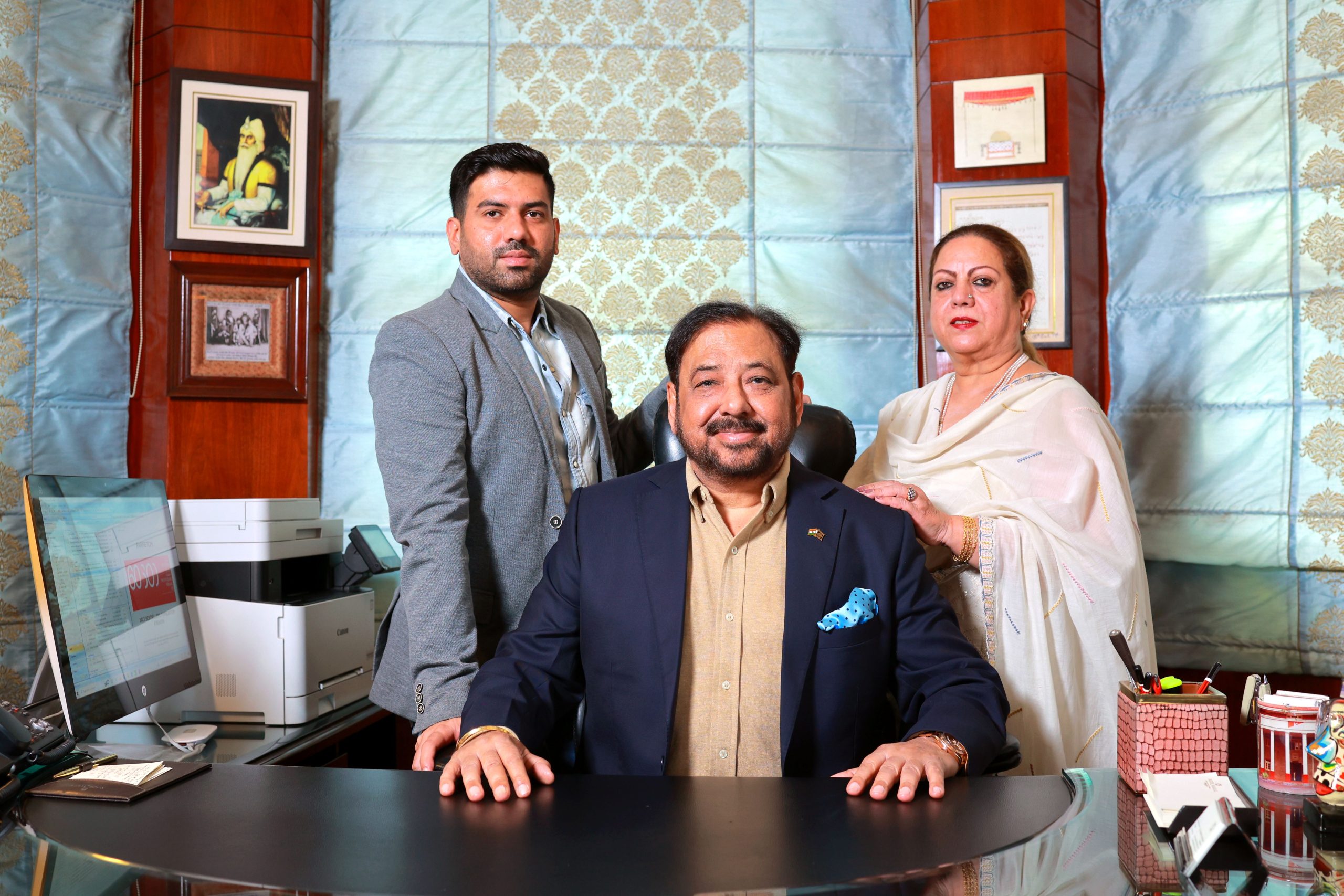 (L-R) Roop Partap Choudhary, Col. Manbeer Choudhary and Binny Choudhary[/caption]
(L-R) Roop Partap Choudhary, Col. Manbeer Choudhary and Binny Choudhary[/caption]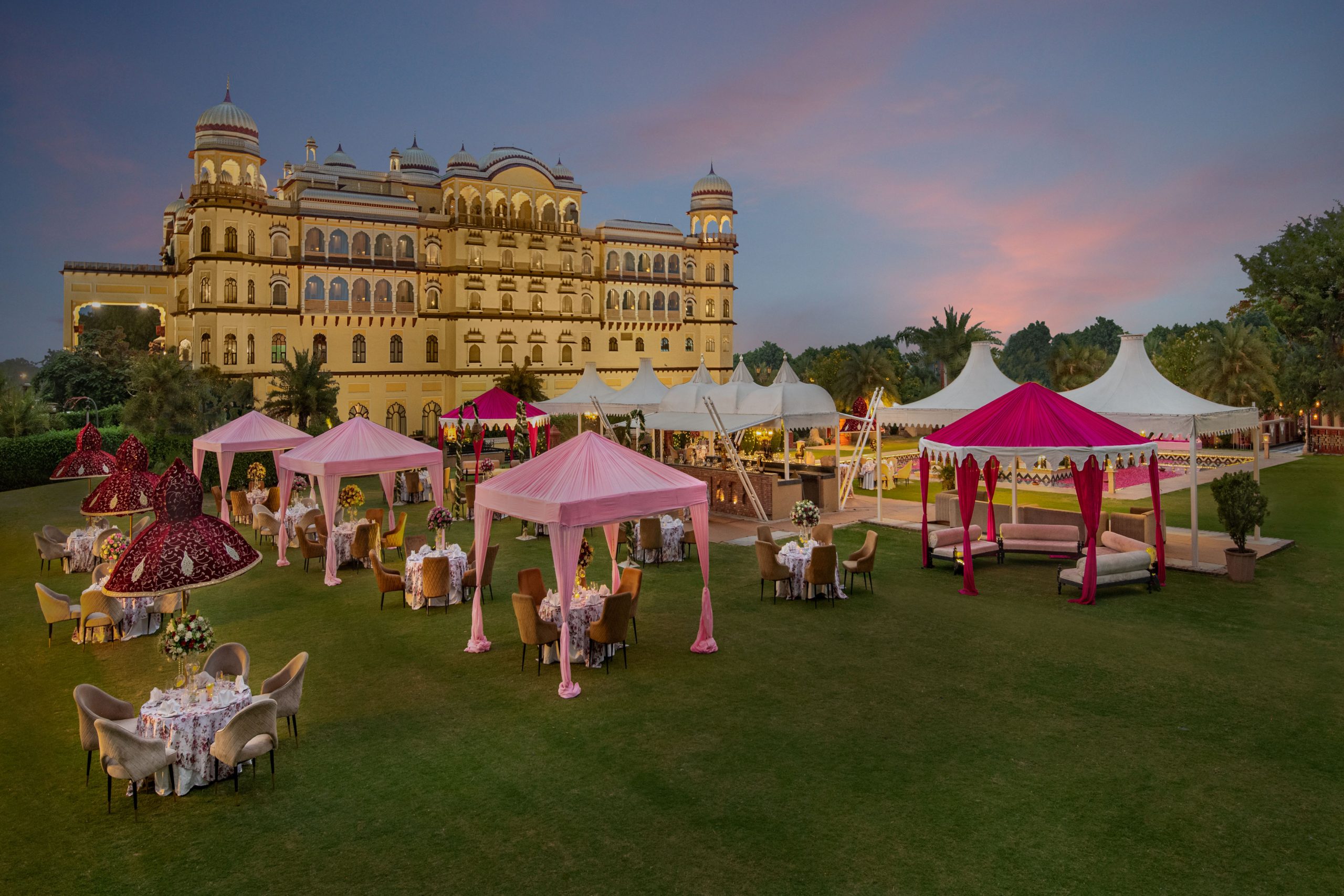 Noormahal Palace, Karnal[/caption]
Noormahal Palace, Karnal[/caption] Colonel Saab, London[/caption]
Colonel Saab, London[/caption]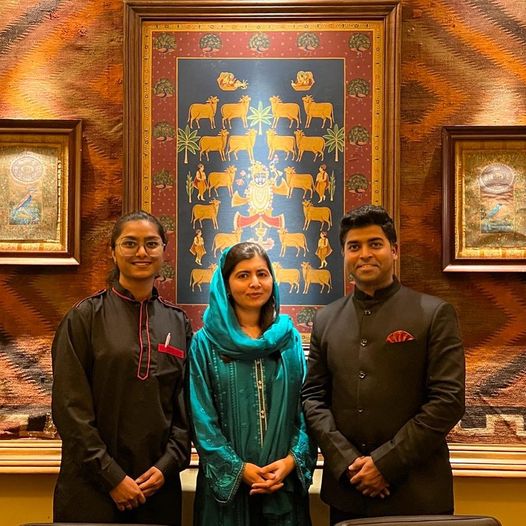 Nobel Peace Prize laureate, Malala Yousafzai at Colonel Saab, UK[/caption]
Nobel Peace Prize laureate, Malala Yousafzai at Colonel Saab, UK[/caption]
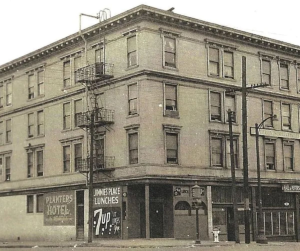
 Hoteliers Kanji Manchhu Desai, Nanalal Patel, and D. Lal. (Photo courtesy of Mahendra K. Doshi/ India Currents)[/caption]
Hoteliers Kanji Manchhu Desai, Nanalal Patel, and D. Lal. (Photo courtesy of Mahendra K. Doshi/ India Currents)[/caption]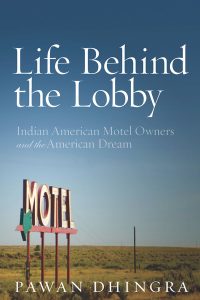 Life Behind the Lobby, by Pawan Dhingra, published by the Stanford University Press.[/caption]
Life Behind the Lobby, by Pawan Dhingra, published by the Stanford University Press.[/caption]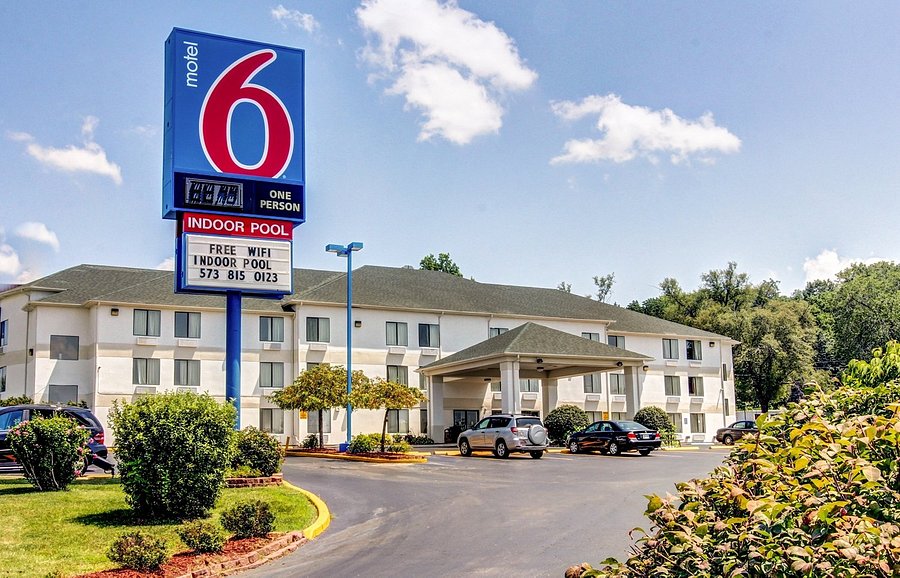
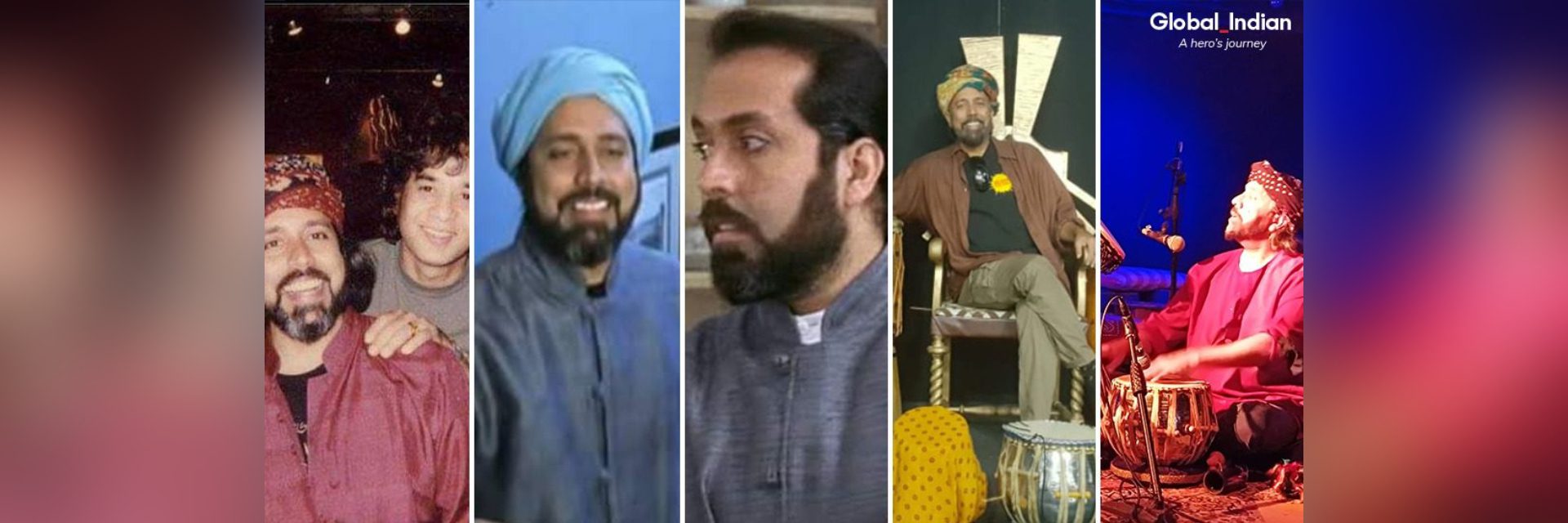
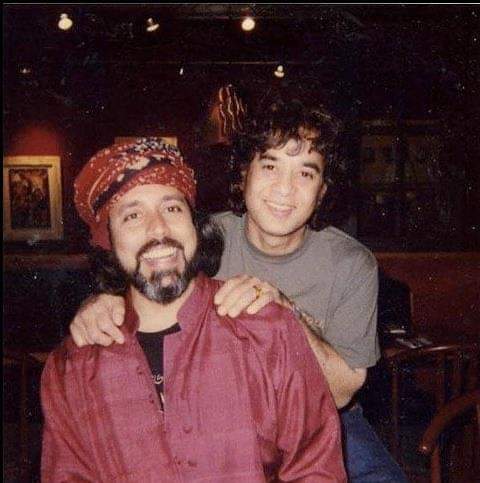 Rashmi Bhatt with Zakir Hussain[/caption]
Rashmi Bhatt with Zakir Hussain[/caption] Rashmi Bhatt performing with Sting[/caption]
Rashmi Bhatt performing with Sting[/caption]